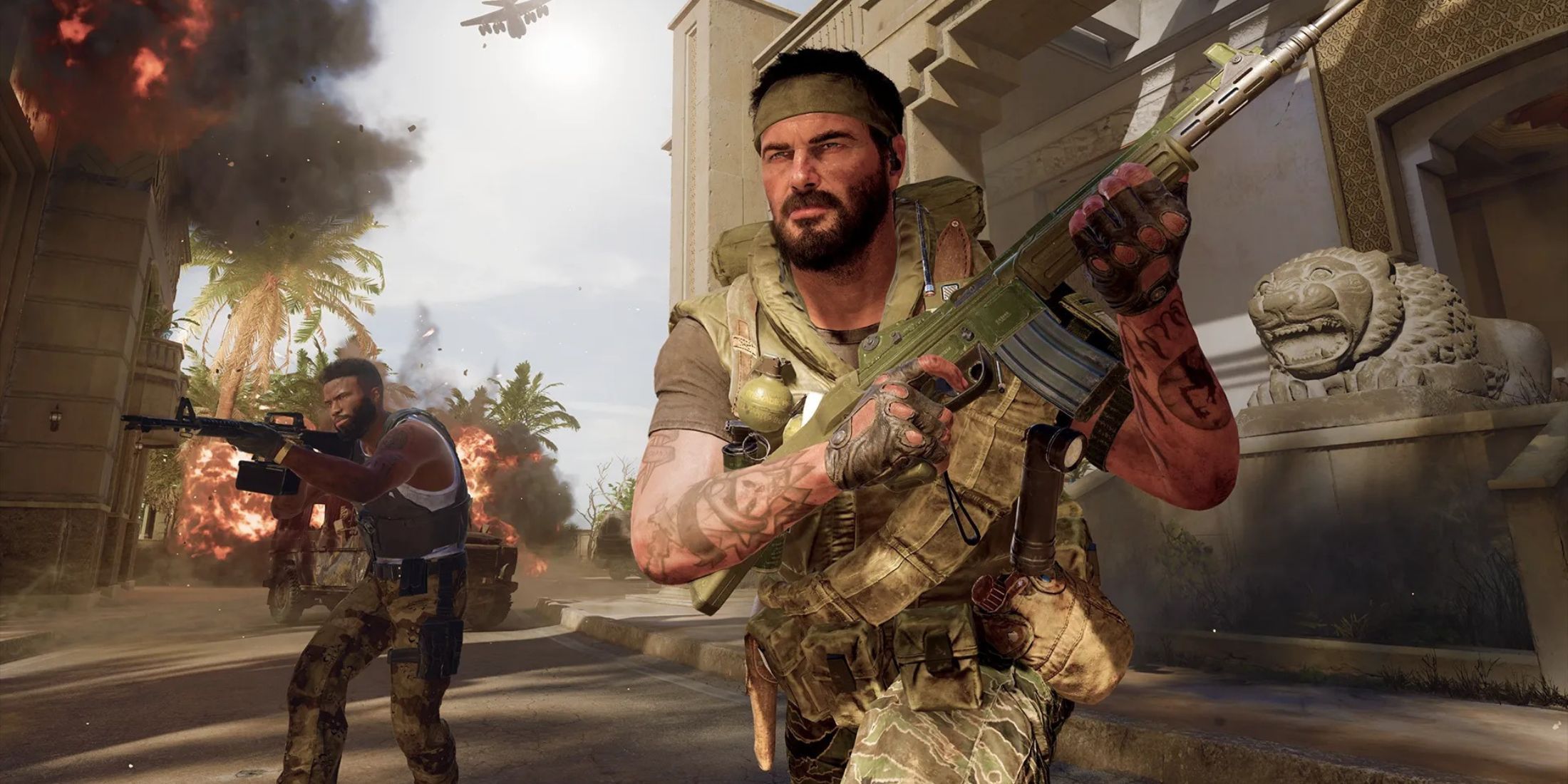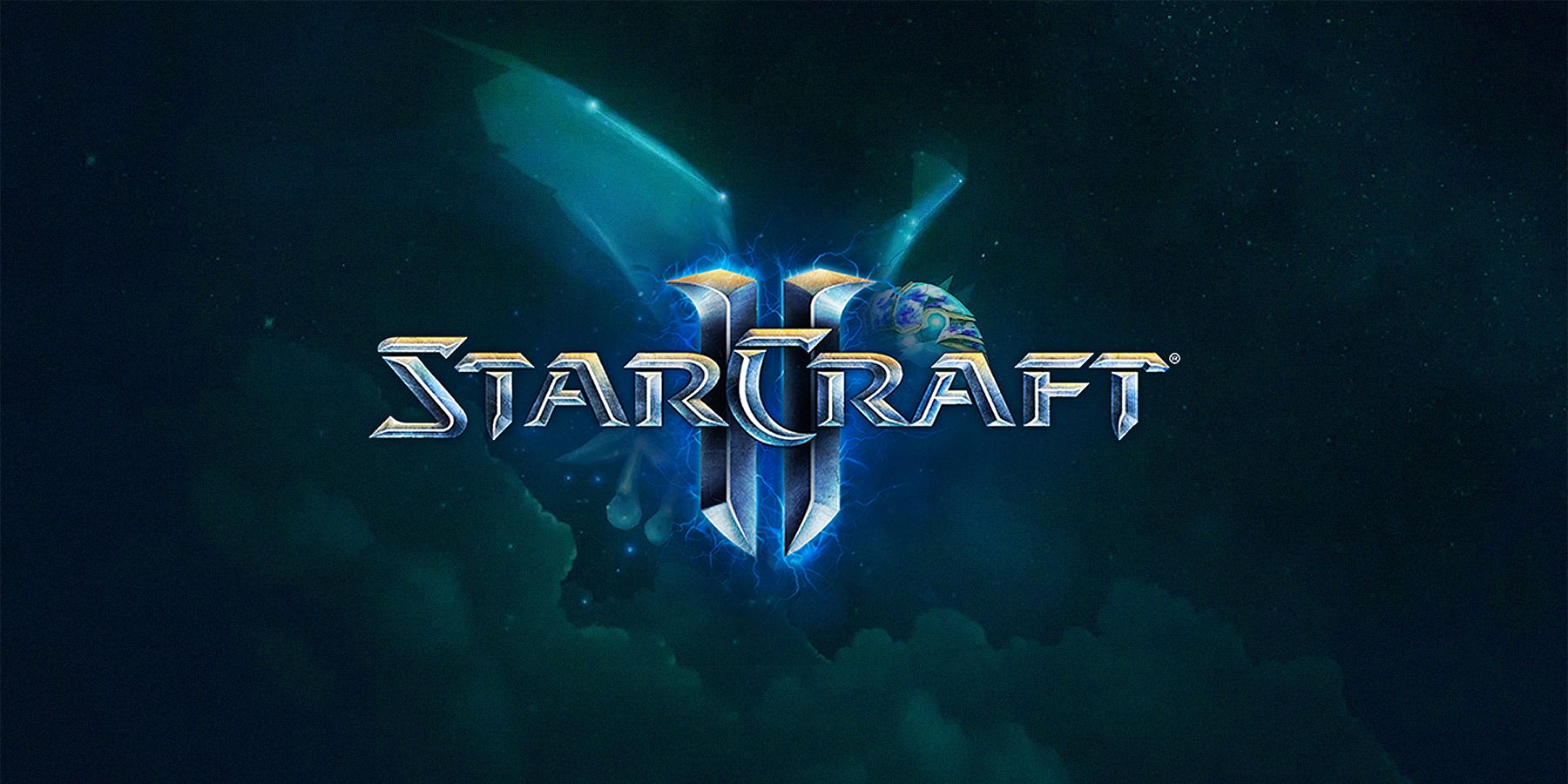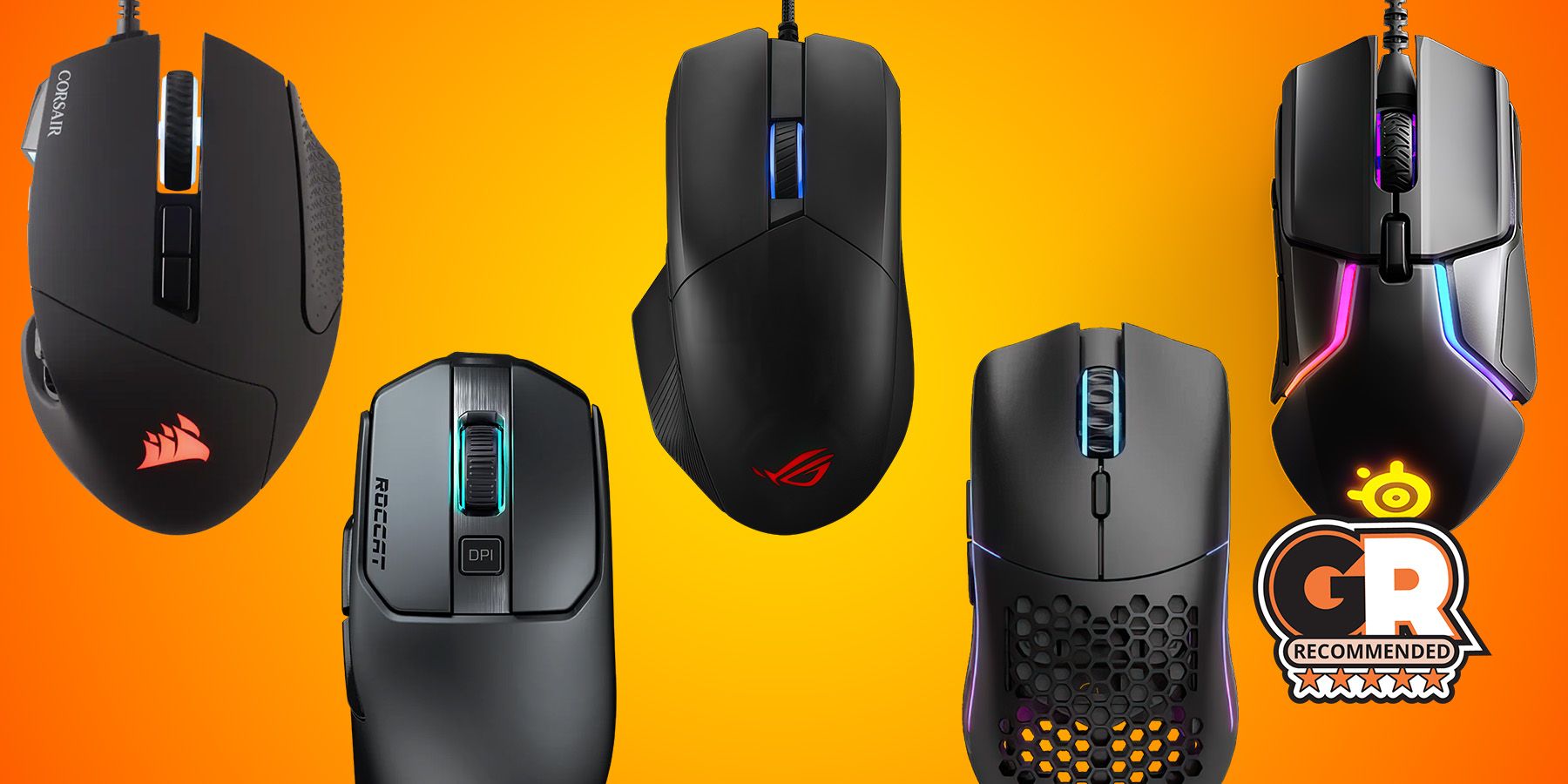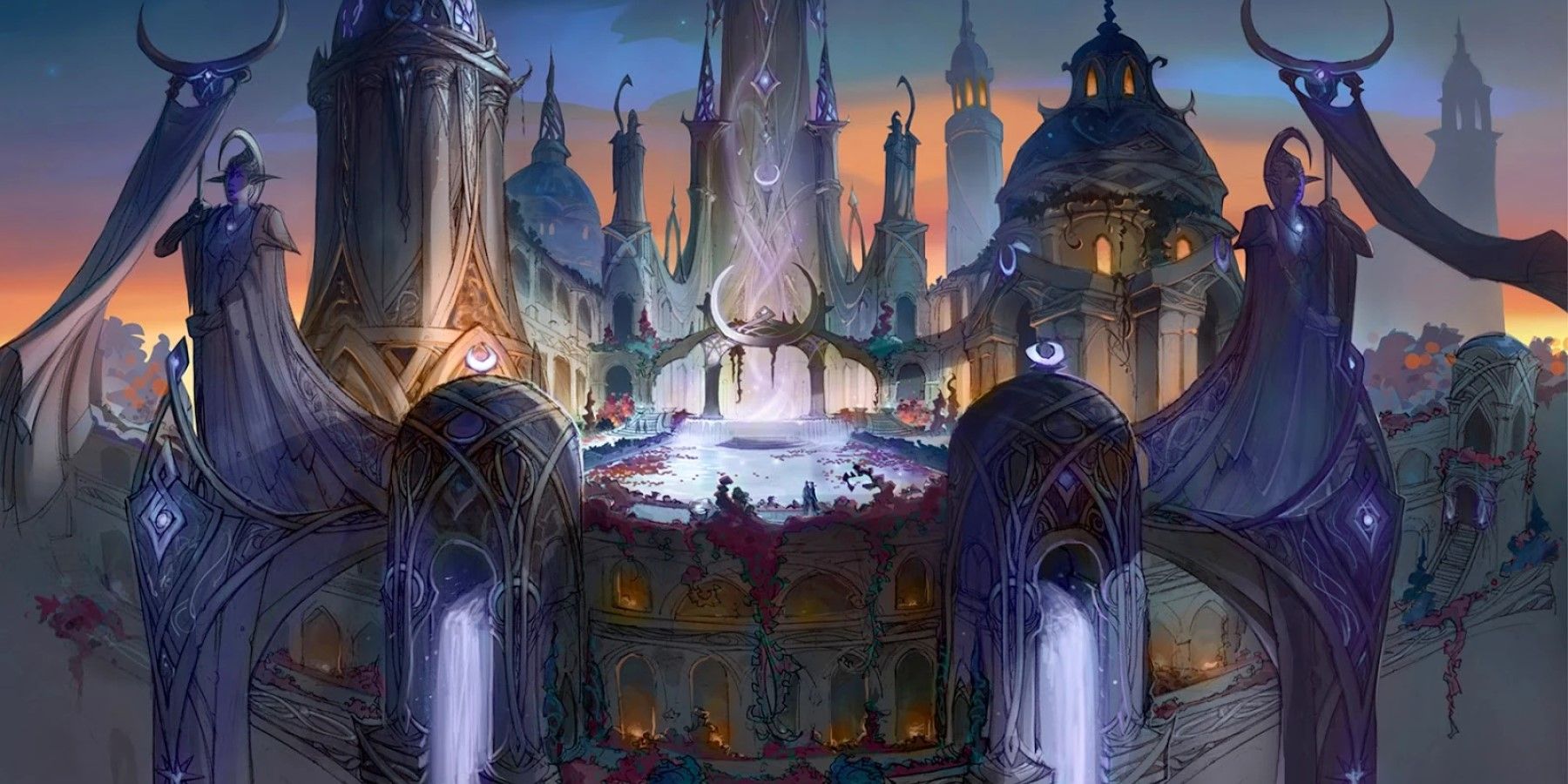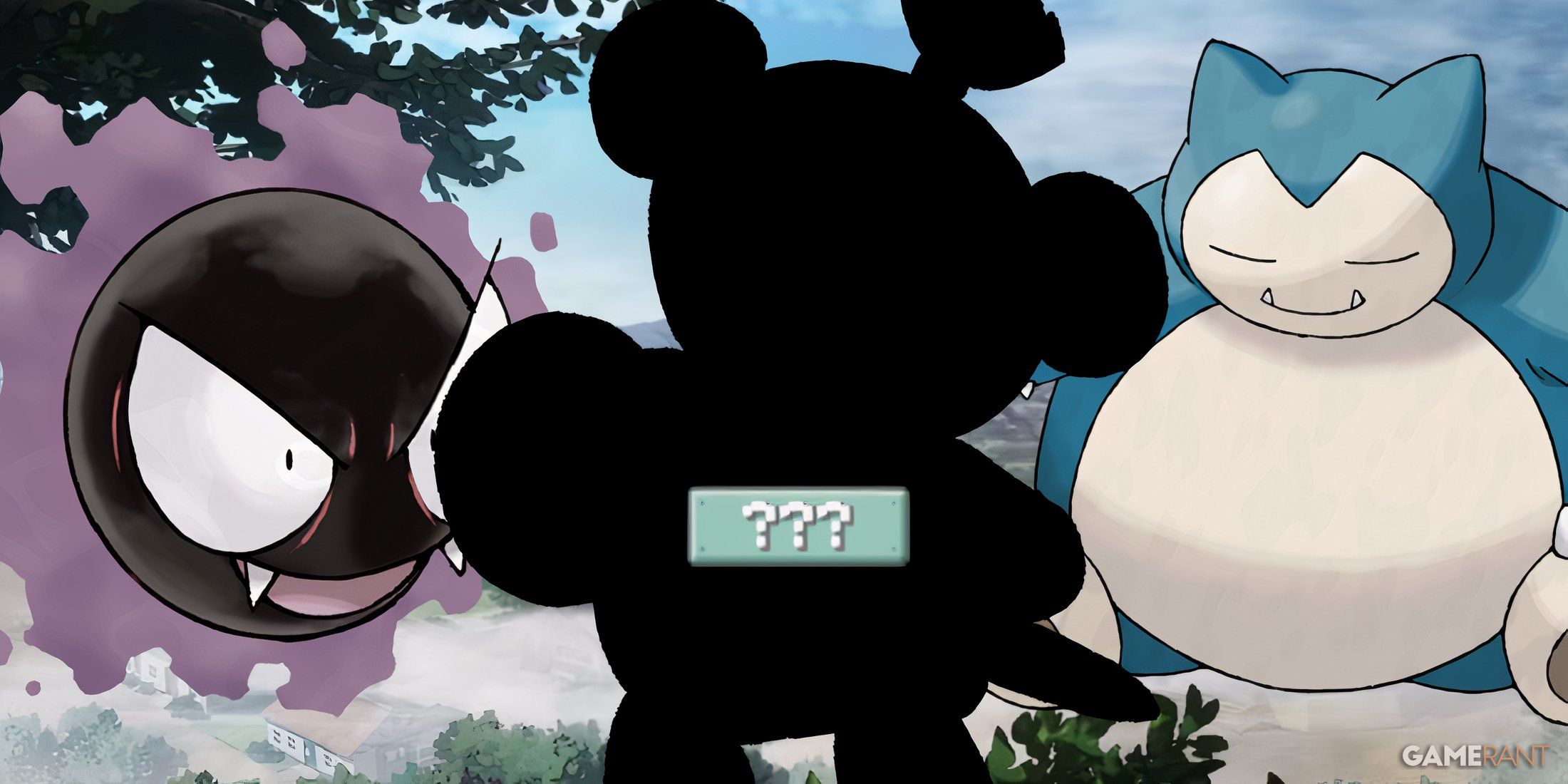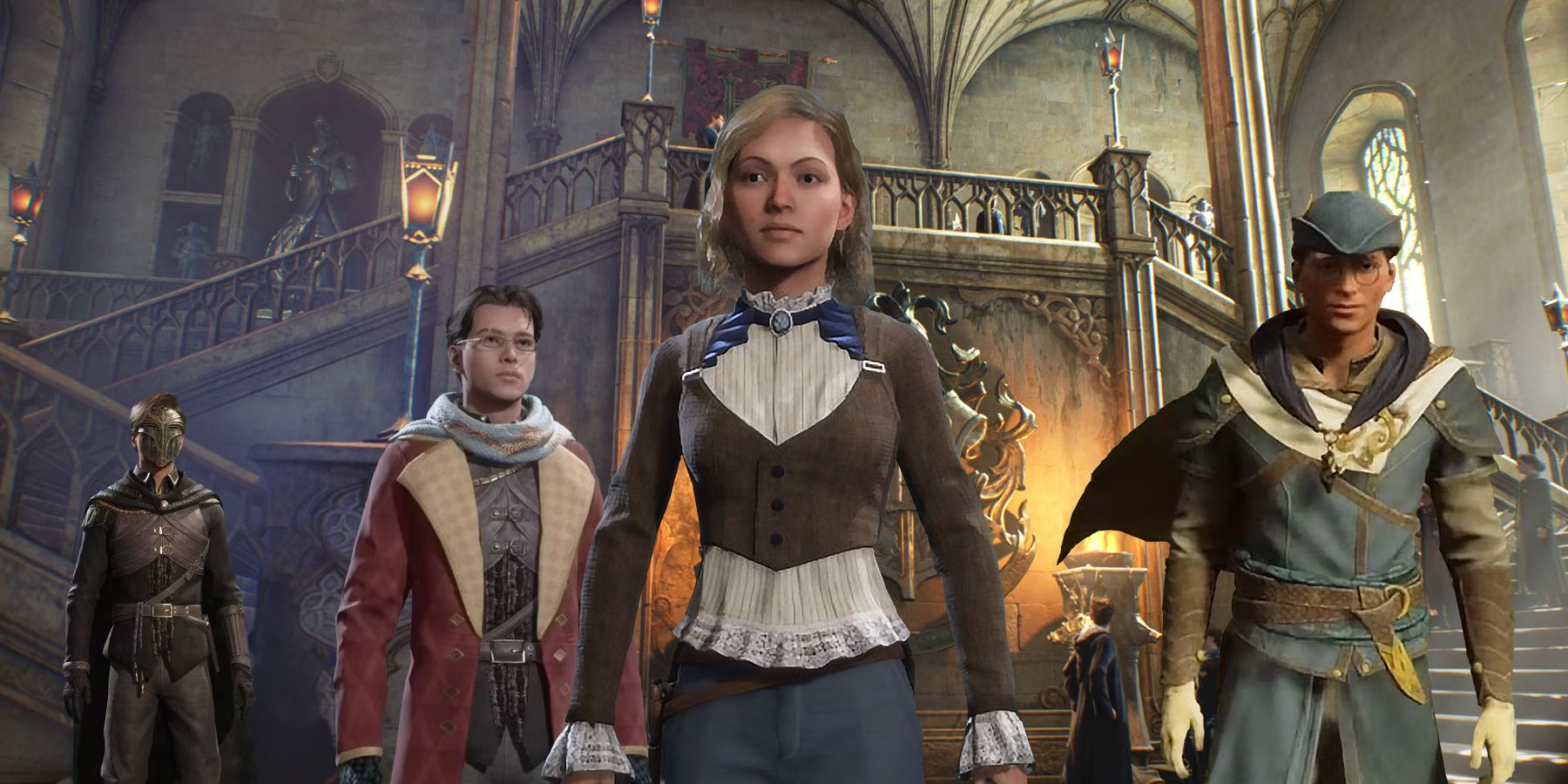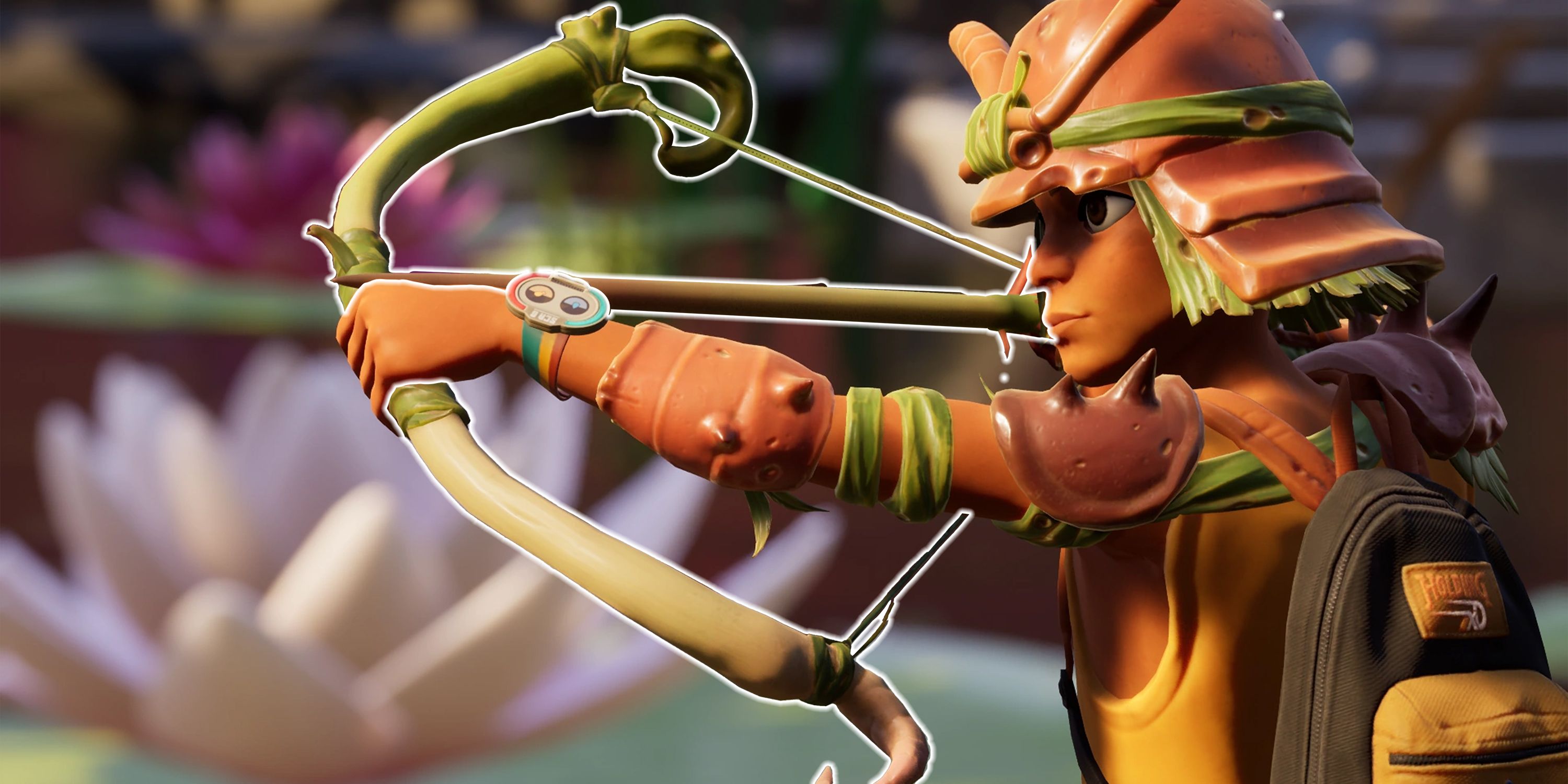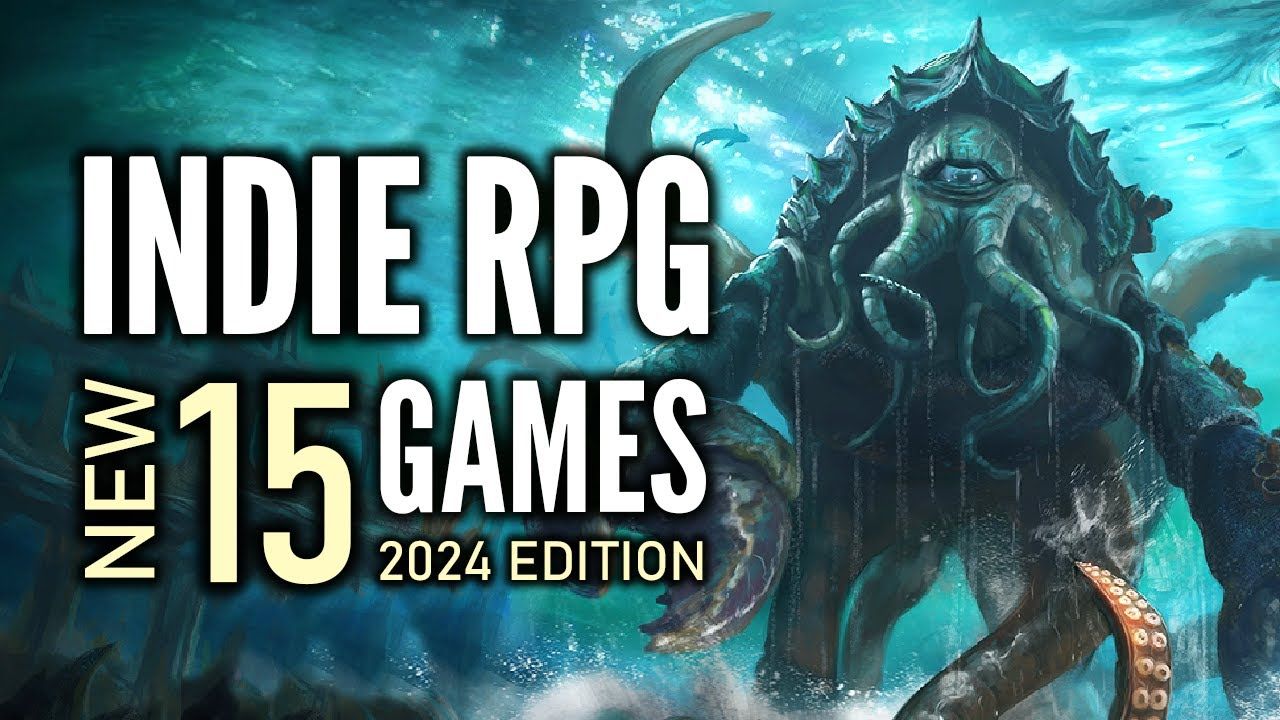Highlights
- Former Blizzard developer Jason Hall has claimed that a single microtransaction mount in World of Warcraft made more money than the full StarCraft 2 game, highlighting the profitability of microtransactions in gaming.
- Despite the success and impact of StarCraft 2 in the esports scene, it was overshadowed by the revenue generated from microtransactions, emphasizing the influence of monetization models on the profitability of games.
- The Microsoft acquisition of Blizzard has sparked speculation about the possibility of a new StarCraft game, with the hope that it will receive the treatment and investment it deserves, while also raising questions about the potential use of microtransactions in future releases.
Though StarCraft 2 was widely popular in its heyday, former Blizzard developer Jason Hall claimed that a single World of Warcraft store mount made more money by itself than Wings of Liberty did as a full game. The original StarCraft played an important role in establishing the modern e-sports era, and its sequel instantly became one of the most visible e-sports in the world at launch. Though Blizzard ended content development on StarCraft 2 in 2020, the game still enjoys a dedicated community and premier tournaments with a prize pool of $500,000.
With Blizzard coyly addressing the possibility of a new StarCraft game at BlizzCon 2023, the Microsoft acquisition has injected new life into speculations and community discussions. While the audience for a real-time strategy game may not be as strong as other genres are at present, Baldur’s Gate 3 has proven that a brilliantly designed title can transcend its niche genre to become a trendsetter. However, there is another aspect that determines the profitability of a modern video game release, and it’s a topic that has seen no shortage of controversy: microtransactions and monetization models.
Despite having a huge launch in 2010, StarCraft 2: Wings of Liberty was outperformed in revenue by a single World of Warcraft mount. In a somewhat recent video by Jason Hall, the former Blizzard developer claimed that during the development of StarCraft 2, he worked two years of overtime, before bluntly stating: “StarCraft 2: Wings of Liberty made less money than the horse. The first sparkle pony horse, in World of Warcraft. A fifteen dollar microtransaction horse made more money than StarCraft 2.”
The mount that Jason Hall referenced in his video was the Celestial Steed, and its profit ultimately convinced Blizzard Entertainment that microtransactions were worth the investment. The novelty of being the first store mount in World of Warcraft contributed to its popularity, and though it had a highly controversial debut back in its day, people kept buying the mount, and as a result, Blizzard kept making more.
A fifteen dollar microtransaction horse made more money than StarCraft 2.
Diablo 4‘s microtransactions have earned notoriety for being pricey, yet so long as they continue to turn a profit compared to the amount of developer resources invested into them, there is no reason for Blizzard to stop making premium cosmetics. Having to work two years of overtime with a full team to develop a single game, versus dedicating 50 hours to creating a mount that will make more money, puts things into perspective why microtransactions have become so pervasive in modern gaming. Though it remains to be seen if Blizzard will develop a sequel to its sci-fi franchise, players should be prepared for this hypothetical StarCraft 3 to potentially follow the Battle Pass microtransaction model established in Overwatch 2 and Diablo 4.
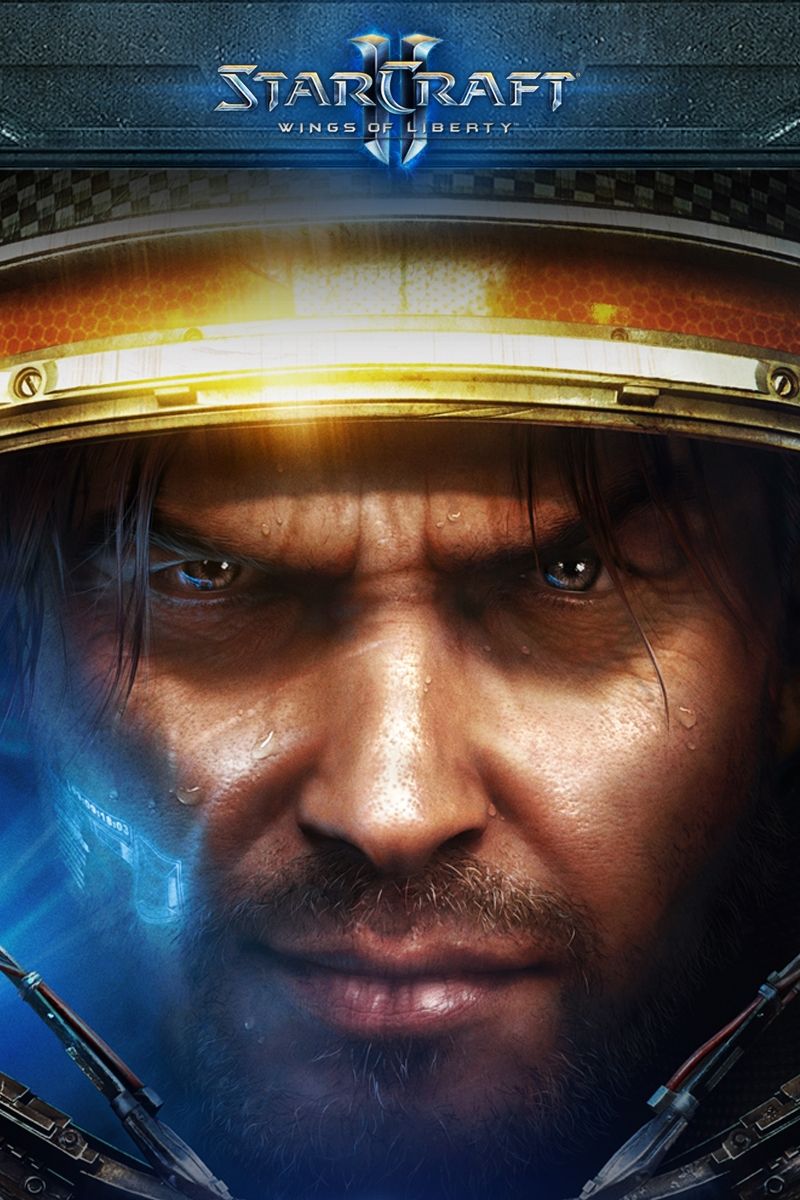
StarCraft 2
StarCraft 2 is the second installment in the beloved real-time strategy release from Blizzard. A now free-to-play title, players have access to a wide array of characters from the StarCraft universe and can take on a robust single-player story, as well as cooperative missions and PvP.
- Franchise
- starcraft
- Platform(s)
- PC, macOS
- Released
- July 27, 2010
- Developer(s)
- Blizzard
- Publisher(s)
- Blizzard
